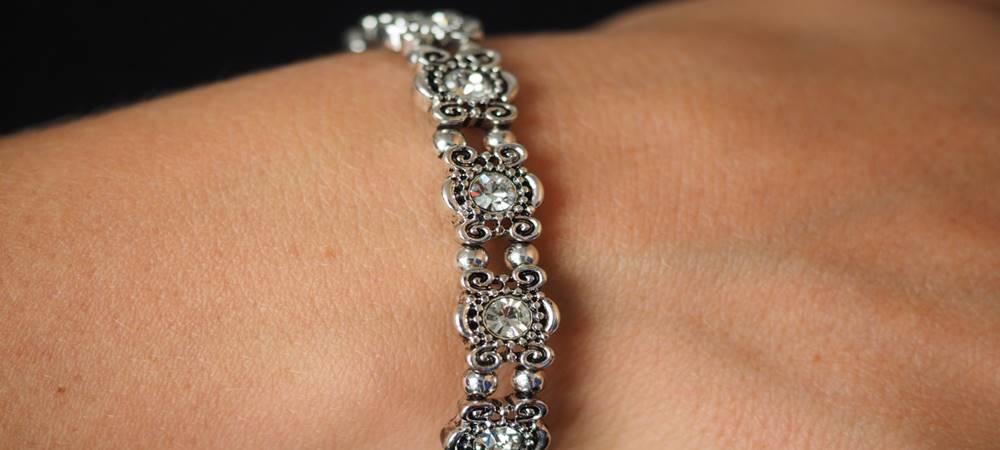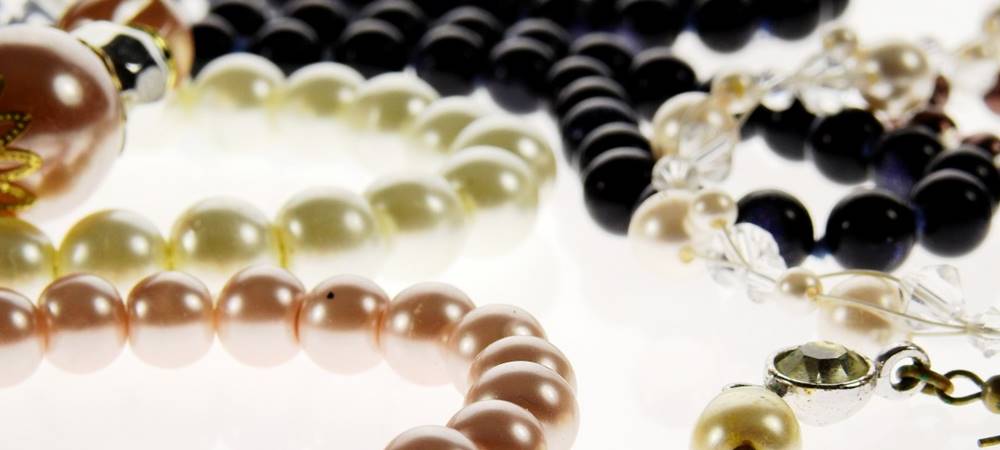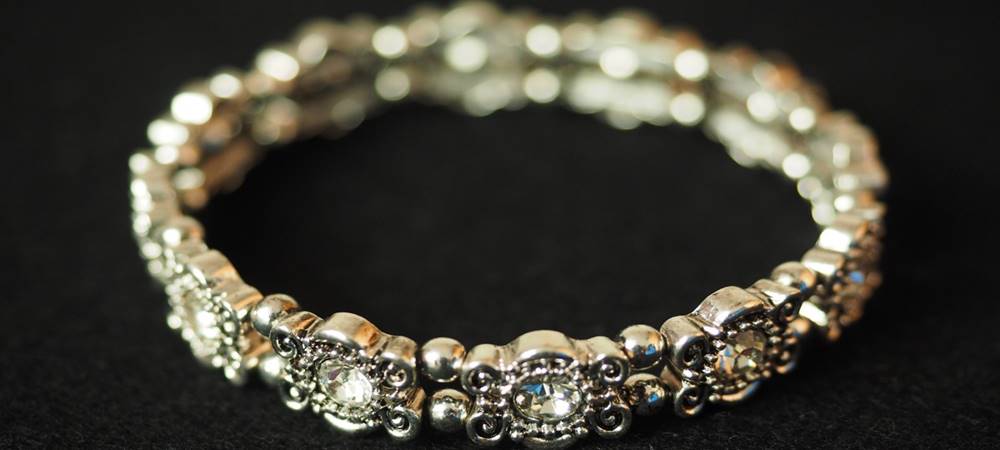Bracelets are timeless accessories that can beautifully complement any outfit, adding a touch of elegance and style to your look. However, to truly enjoy wearing a bracelet, it’s crucial to find the perfect fit for your wrist. In this comprehensive guide, we’ll explore the world of bracelet measurements, helping you understand the various sizing options and techniques to ensure a comfortable and flattering fit. Whether you’re purchasing a bracelet for yourself or as a gift, follow our advice to make the right choice every time.
Understanding Bracelet Measurements
When it comes to bracelets, one size certainly doesn’t fit all. There are several factors to consider in order to determine the ideal bracelet size for your wrist. Let’s delve into these measurements and techniques to assist you in finding the perfect fit.
1. Wrist Circumference
The first step in measuring for a bracelet is to determine your wrist circumference. Use a flexible measuring tape or a strip of paper to wrap it around your wrist just above the wrist bone. Make sure it fits snugly but not too tight. Note down the exact measurement, as this will act as your reference point when reviewing bracelet sizes.
2. Standard Bracelet Sizes
Bracelets are typically available in standard sizes, ranging from extra-small to extra-large. These sizes are usually based on wrist circumference measurements. Here is a general guideline to help you understand what each size represents
– Extra Small (XS) Fits wrist circumference up to 6 inches.
– Small (S) Fits wrist circumference between 6 to 6.5 inches.
– Medium (M) Fits wrist circumference between 6.5 to 7 inches.
– Large (L) Fits wrist circumference between 7 to 7.5 inches.
– Extra Large (XL) Fits wrist circumference above 7.5 inches.
Note that these sizes may vary slightly depending on the brand or style of the bracelet. Always refer to the specific measurements provided by the manufacturer before making a purchase.
3. Adjustable Bracelets
If you’re unsure about your exact wrist size or prefer flexibility, adjustable bracelets are an excellent option. These bracelets feature an adjustable mechanism, such as a sliding clasp or extendable chain, allowing you to customize the fit to your liking. Adjustable bracelets are versatile and can accommodate a wide range of wrist sizes, making them suitable for gifting purposes.
4. Bangle Bracelets
Unlike traditional chain or link bracelets, bangle bracelets are solid and require a different approach to sizing. To find your bangle size, you’ll need to measure your hand’s circumference, including the widest part, which is typically around the knuckles. Take note of your measurement and refer to a bangle size chart to find the corresponding size.
5. Tips for a Comfortable Fit
While knowing your wrist size is essential, there are a few additional tips to ensure your bracelet feels comfortable when worn
– Leave a little wiggle room Avoid selecting a bracelet that fits snuggly, as it may become uncomfortable during prolonged wear. Aim for a fit that allows the bracelet to move slightly without sliding off your hand.
– Consider the width Thicker bracelets may require a slightly looser fit than thinner ones. Keep this in mind when selecting your bracelet size.
– Test before buying If possible, try on different bracelet sizes or styles in person to gain a better understanding of what works best for you.

Practical Measurement Methods
1. String Test
If you don’t have a flexible measuring tape handy, you can use a string or a strip of paper to measure your wrist. Wrap the string or paper around your wrist, marking the point where it overlaps. Lay the string or paper flat and measure the length with a ruler. This measurement will give you an accurate representation of your wrist circumference.
2. Printable Bracelet Sizing Guide
To simplify the process of measuring your wrist, many jewelry websites and retailers provide printable bracelet sizing guides. These guides typically consist of several paper strips with labeled measurements. All you need to do is print the guide, cut out the strips, and wrap them around your wrist until you find the one that fits perfectly. This method ensures precision and eliminates guesswork.
3. Visit a Jewelry Store
When in doubt or if you’re seeking professional assistance, visiting a jewelry store can be beneficial. Jewelers have the necessary tools and expertise to measure your wrist accurately. They can guide you through the process, provide valuable advice, and assist you in finding the right bracelet size and style that suits your preferences.
Considering Different Bracelet Styles
1. Chain Bracelets
Chain bracelets are versatile and popular options that come in various styles, including cable, rope, and link chains. When selecting a chain bracelet, pay attention to the clasp mechanism and any additional adjustable features. Ensure that the bracelet’s length is appropriate for your wrist size. Many chain bracelets also come with extension links, allowing for minor size adjustments to achieve a personalized fit.
2. Beaded Bracelets
Beaded bracelets have gained immense popularity due to their vibrant colors and unique designs. They typically feature beads made of gemstones, pearls, crystals, or wooden materials. These bracelets are generally stretchable or have an adjustable closure. When choosing a beaded bracelet, consider both the size and the comfort of the beads, as larger beads may feel bulkier and require a slightly looser fit.
3. Cuff Bracelets
Cuff bracelets are known for their bold and statement-making designs. They usually have an open-ended construction, allowing them to be easily adjusted to fit different wrist sizes. When trying on a cuff bracelet, make sure it sits comfortably and securely on your wrist without being too tight or too loose. The bracelet should be snug enough to stay in place but not so tight that it restricts your movement or causes discomfort.
4. Tennis Bracelets
Tennis bracelets are elegant and timeless, featuring a continuous line of diamonds or gemstones. These bracelets typically have a clasp closure with safety mechanisms for added security. To ensure a proper fit for a tennis bracelet, follow the standard bracelet measurement techniques discussed earlier and consider any additional length necessary to accommodate the width of the bracelet.

Maintaining Bracelet Size Accuracy
It’s important to note that factors such as aging, weight fluctuations, and changes in temperature can impact the size of your wrist over time. Consequently, periodic re-measurement is advisable to ensure your bracelets continue to fit comfortably. Additionally, proper care and storage can help preserve the original size and integrity of your bracelets, including avoiding exposure to excessive moisture, chemicals, and extreme temperatures.
Conclusion
Finding the perfect fit for your bracelet shouldn’t be a daunting task. By considering your wrist circumference, exploring standard bracelet sizes, and understanding different types of bracelets, you’ll be able to make informed decisions when it comes to selecting the ideal size. Remember to prioritize comfort and the desired look when choosing a bracelet. With these measurement techniques and tips in mind, you’re now well-equipped to enjoy the beauty and elegance of bracelets, adding a touch of personal style to your ensemble.
